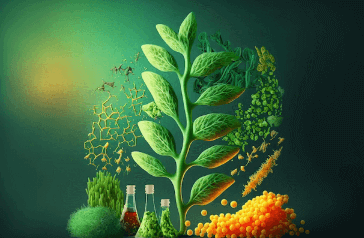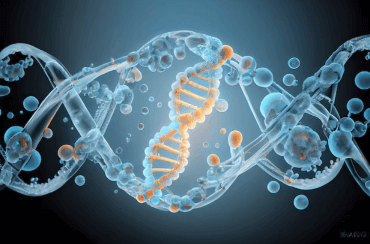Question
a.
Substance which is/ may become a part of food
b.
A substance or a mixture of substances which is present in food as a result of any aspect of production, processing, storage or packaging
c.
A substance, the intended use of which results or may reasonably be expected to result in its becoming a component or otherwise affecting the characteristics of any food with certain exceptions
d.
All of the mentioned
Posted under Food Engineering
Interact with the Community - Share Your Thoughts
Uncertain About the Answer? Seek Clarification Here.
Understand the Explanation? Include it Here.
Q. Which of the following defines a food additive?
Similar Questions
Explore Relevant Multiple Choice Questions (MCQs)
Q. Which of the following terms/ food items are NOT included in the definition of a food additive?
View solution
Q. Which of the following is a use of food additive?
View solution
Q. Which of the following undesirable quality pertains to the undesirable use of additives?
View solution
Q. Which of the following is a function of a chemical additive?
View solution
Q. Which of the following chemical additive is banned in the United States and in most of the other countries?
View solution
Q. In canning, if the air in the head space is displaced with nitrogen, the gas is considered as a chemical preservative added to the food.
View solution
Q. Statement 1: Sodium Sulphite is banned in certain countries like USA because it has preserving effect on animal tissues but with the combination of other agents.
Statement 2: Sulphuring dried fruits helps in controlling microbial and insect activity.
View solution
Q. Sodium chloride which is the formula of common salt in large quantities is poisonous to man as is carbon dioxide.
View solution
Q. Which of the following food additive can be used for mold inhibition/ killing?
View solution
Q. Which of the following is true about mold inhibition?
View solution
Q. Which of the following is valid when it comes to the future of antibiotics in food?
View solution
Q. Which of the following is a naturally occurring antioxidant?
View solution
Q. Statement 1: None of the naturally occurring antioxidant phenols are permitted as food additives.
Statement 2: Benzoic acid has certain antioxidant properties.
View solution
Q. Which of the following is true about synergism?
View solution
Q. _____ salts are used in many fruit processing operations in concentrations below 0.1%.
View solution
Q. Which of the following is the use of waxing in plant tissues?
View solution
Q. Which of the following is a permitted food additive by the FDA when not in violation with other section of the act?
View solution
Q. Which of the following is NOT true about artificial coloring with respect to food?
View solution
Q. When the coloring is truly artificial, the food statement “food color added” needs to be added.
View solution
Q. Which of the following fact about radiation/ irradiation is true?
View solution
Recommended Subjects
Are you eager to expand your knowledge beyond Food Engineering? We've handpicked a range of related categories that you might find intriguing.
Click on the categories below to discover a wealth of MCQs and enrich your understanding of various subjects. Happy exploring!








